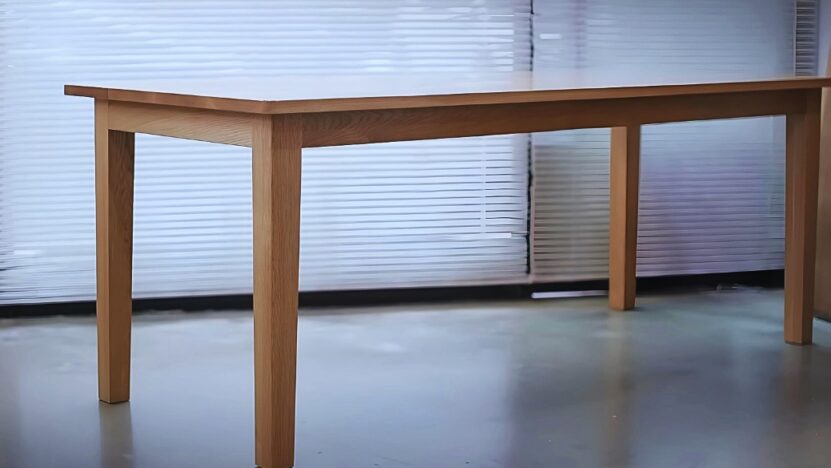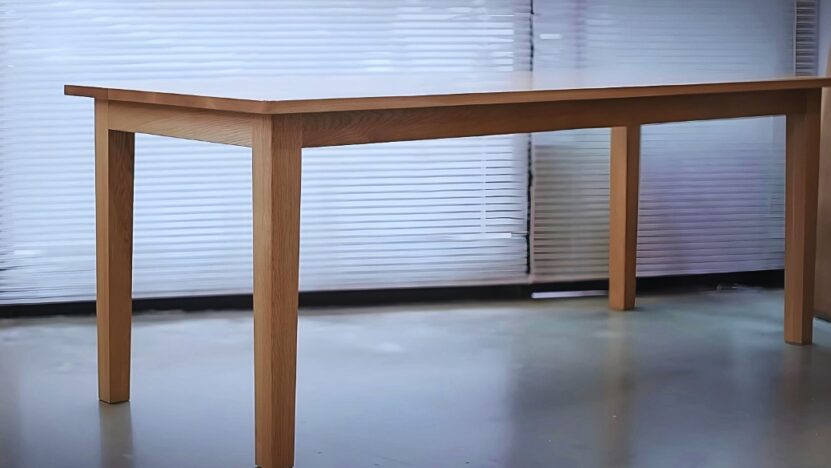Building basic furniture can be both rewarding and enjoyable, and I’m here to help you get started.
I’ll share my experiences and insights to help you confidently navigate the world of furniture-making
First, we’ll cover the basics of woodworking and the essential tools you’ll need.
I’ll show you how to select the right materials and master simple joinery techniques, giving you the foundation to create your own customized furniture pieces.
Whether you’re planning to build a small end table or a stylish bookshelf, the tips and strategies I provide will help you complete each project efficiently and safely.
Throughout this process, it’s important to stay flexible and learn from any mistakes you make.
Mistakes are inevitable, but they offer valuable learning opportunities. With the guidelines and advice in this guide, you’ll develop the skills, confidence, and knowledge to tackle any furniture project that comes your way.
Getting Started with Basic Tools

As a beginner, getting started with the basic tools for building furniture can feel overwhelming. However, you only need a few essential tools and materials to begin.
Must-have tools include a miter saw for accurate cuts, a drill for creating holes and driving screws, and a jigsaw for cutting curves and irregular shapes.
A set of wood chisels is also useful for shaping wood by removing material from the surface.
For materials, you’ll mainly work with wood.
Choosing the right type of wood is crucial for durability, aesthetics, and ease of use.
Additionally, hardware like screws, nails, brackets, and other fasteners are essential for holding your furniture pieces together.
The essential tools and materials can be arranged as below:
- Miter saw
- Drill
- Jigsaw
- Wood chisels
- Wood
- Hardware (screws, nails, brackets)
Workspace Setup and Safety
You’ll need a spacious, clutter-free area with a sturdy workbench or table, good lighting, and adequate ventilation.
Safety is my top priority when working with tools and woodworking materials, and it should be yours too. Wear safety glasses to protect your eyes, hearing protection for loud tools, and dust masks or respirators to avoid inhaling harmful particles. Keep your workspace clean and free of tripping hazards, and always have a well-stocked first aid kit on hand in case of accidents.
Here’s a brief checklist for your workspace and safety:
- Spacious and clutter-free area
- Sturdy workbench or table
- Good lighting
- Adequate ventilation
- Safety equipment (glasses, hearing protection, dust masks)
- First aid kit
Design Fundamentals
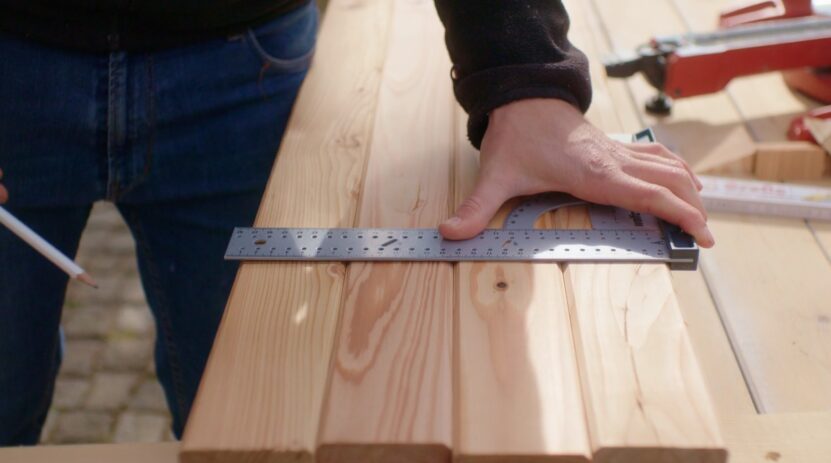
When designing furniture, considering the dimensions is essential. I always start by thinking about the purpose of the furniture and where it will be placed.
This helps me determine the ideal height, width, and depth, ensuring it fits comfortably in the available space. I also keep ergonomics in mind.
Focusing on the user’s comfort makes the furniture more functional and enjoyable.
Here’s a brief list of common furniture dimensions for reference:
- Dining table height: 30 inches (75 cm)
- Chair seat height: 18 inches (45 cm)
- Sofa seat height: 17-19 inches (43-48 cm)
- Desk height: 28-30 inches (71-76 cm)
Choosing the Right Materials
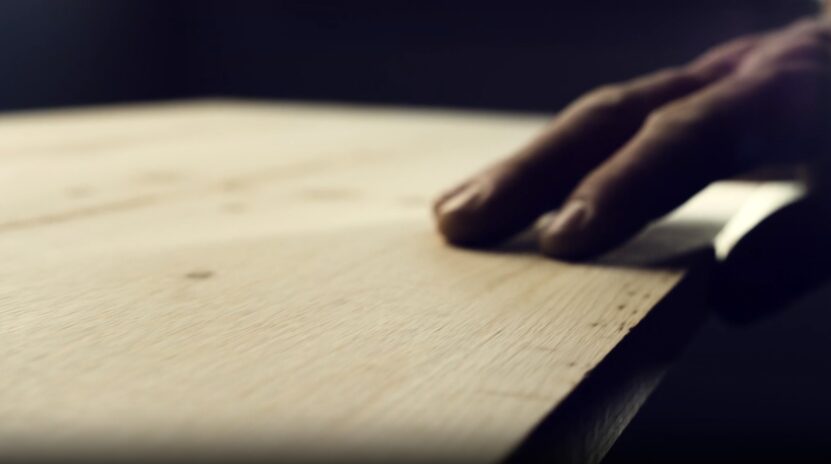
Some popular materials I usually consider are wood, metal, glass, and plastic.
Each material has its own set of characteristics and advantages:
Wood
A timeless choice, wood offers warmth and natural beauty and can be easily customized with various finishes and stains. Some common wood types for furniture making include oak, maple, and cherry.
- Durable
- Versatile
- Renewable resource
- Can be heavy and susceptible to damage from moisture or insects
Metal
Metal furniture, such as steel or aluminum, is known for its durability and modern aesthetic. It is often used for outdoor or industrial-style furniture.
- Strong
- Long-lasting
- Low maintenance
- Can be cold to touch, may rust or corrode if not properly treated
Glass
Adding a sense of elegance and luxuriousness, glass is often used in combination with other materials, such as metal or wood, particularly for tabletops and shelves.
- Easy to clean
- Visually opens up space
- Fragile
- Prone to fingerprints and smudges
Plastic
Lightweight, low-cost, and available in various colors, plastic can be a playful and practical choice for modern, minimalist furniture.
- Affordable
- Easy to clean
- Weather-resistant
- May lack durability
- Not suitable for heavy loads
Basic Joinery Techniques
Dowel Joints
Dowel joints are a simple and effective way to join pieces of wood.
This method involves drilling aligning holes in each piece and inserting dowels with glue to create a strong bond.
To make a successful dowel joint, ensure the holes are accurate and properly aligned.
Proper clamping during the glue-up process is crucial for a tight and secure fit. Dowel joints are ideal for edge-to-edge joining and aligning boards in a panel glue-up.
Mortise and Tenon
The mortise and tenon joint is a classic and versatile woodworking technique that I love using.
It involves creating a mortise (a hole or recess) in one piece of wood and a matching tenon (a protruding section) in the other piece.
The tenon is inserted into the mortise, forming a strong connection.
To increase the joint’s strength, I recommend using wood glue and clamping the pieces until the glue dries.
Mortise and tenon joints are widely used in chair construction, table legs, and frame connections because of their excellent strength and stability.
Pocket Hole Joinery
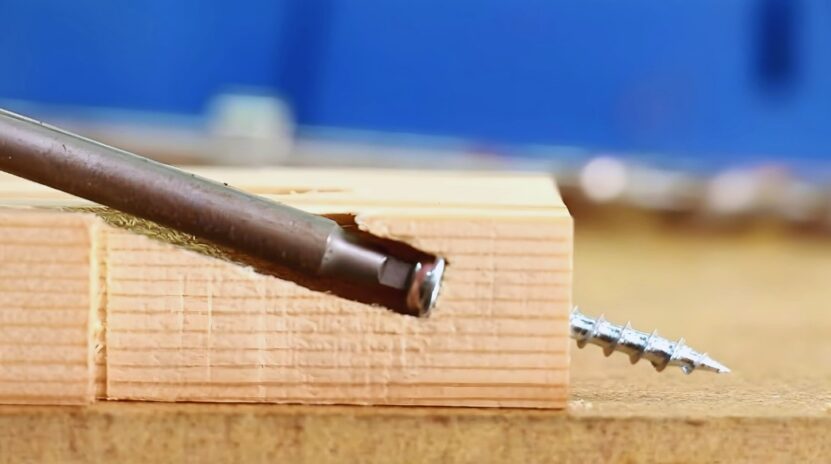
Pocket hole joinery is a modern method that I find incredibly useful.
It relies on using a specialized jig to drill angled holes, making it easy and quick to connect wood pieces securely.
The main advantage of this technique is its simplicity and speed, requiring fewer steps compared to traditional joinery methods.
You drill angled holes into one piece, typically the edge, and then fasten it to another piece using special screws.
Pocket hole joinery is great for joining frame pieces in cabinets and other box-shaped constructions, but it can also be used for more complex projects like tables and chairs.
Final Words
With these basic tools, materials, and techniques, you’re well on your way to building your own furniture. Remember, practice and patience are key.
Don’t be afraid to make mistakes—they’re part of the learning process. I hope this guide gives you the confidence to start your woodworking journey.
Happy building, and enjoy creating furniture that’s uniquely yours!
Related Posts:
- How to Plan and Start a Community Garden - Tips for Success
- Top 7 Essential Manual Tools for Off-Grid Living
- The Beginner’s Guide to Setting up a Rainwater…
- Sustainable Building Materials for Your Eco-Friendly Home
- Planting Heirloom Seeds - A Step-By-Step Guide
- How to Build a Home Wind Turbine - DIY Guide

